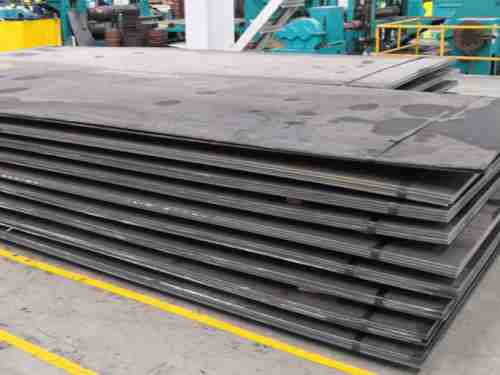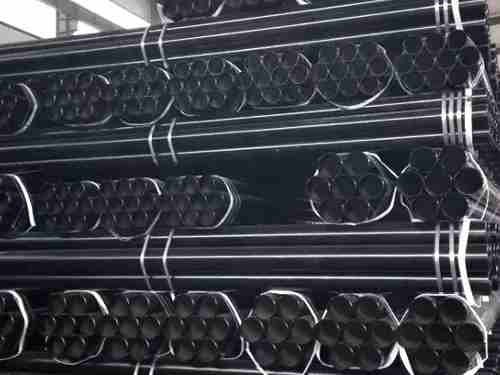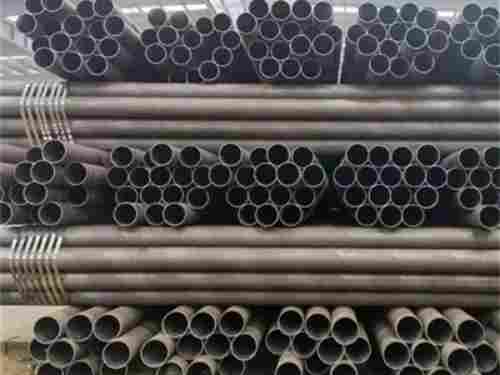Angle steel, a crucial material in various engineering and construction applications, can sometimes exhibit quality defects that affect its performance and longevity. Understanding these common defects and the solutions to address them is key to ensuring the reliability and durability of angle steel in structural applications. Below, we explore the typical quality issues encountered with angle steel and provide corresponding solutions to mitigate these problems.
- Surface Quality Problems
Angle steel often faces surface-related issues such as burrs, scales, rust, and other contaminants. These problems not only detract from the steel's appearance but also shorten its service life by promoting corrosion and weakening the material over time.
Solution:
Surface treatments such as pickling and sandblasting during production can effectively remove these imperfections, thereby enhancing the surface quality. Regular maintenance and protective coatings can also help preserve the surface of angle steel.
- Dimensional Accuracy Problems
In some cases, angle steel may suffer from inadequate dimensional accuracy, which can lead to improper fitment or alignment during installation. This dimensional deviation can affect the overall assembly accuracy, compromising the structural integrity of the finished product.
Solution:
Precision control during manufacturing is critical. Strict adherence to dimensional standards and regular measurements during production can help reduce deviations and ensure better assembly accuracy. Implementing automated inspection systems can further enhance precision.
- Chemical Composition Problems
Chemical composition issues, such as the presence of impurities and inclusions in angle steel, can adversely affect its mechanical properties. These imperfections can reduce the strength, toughness, and overall performance of the steel, making it unsuitable for certain structural applications.
Solution:
A robust quality control system should be established to closely monitor the chemical composition of angle steel throughout production. Regular testing of raw materials and finished products can help identify and correct composition issues early, ensuring that the steel meets the required mechanical standards.
- Internal Quality Problems
Internal defects, including cracks and voids within the steel, pose serious safety risks, particularly during heavy loads or stress. These defects can lead to structural failure, presenting significant safety hazards.
Solution:
Advanced testing methods such as ultrasonic testing and x-ray inspection can be employed to detect internal defects. Early identification of cracks and voids enables timely intervention to prevent further damage. Additionally, employing high-quality raw materials and controlling the cooling rate during manufacturing can minimize the risk of internal flaws.

 English
English Español
Español











